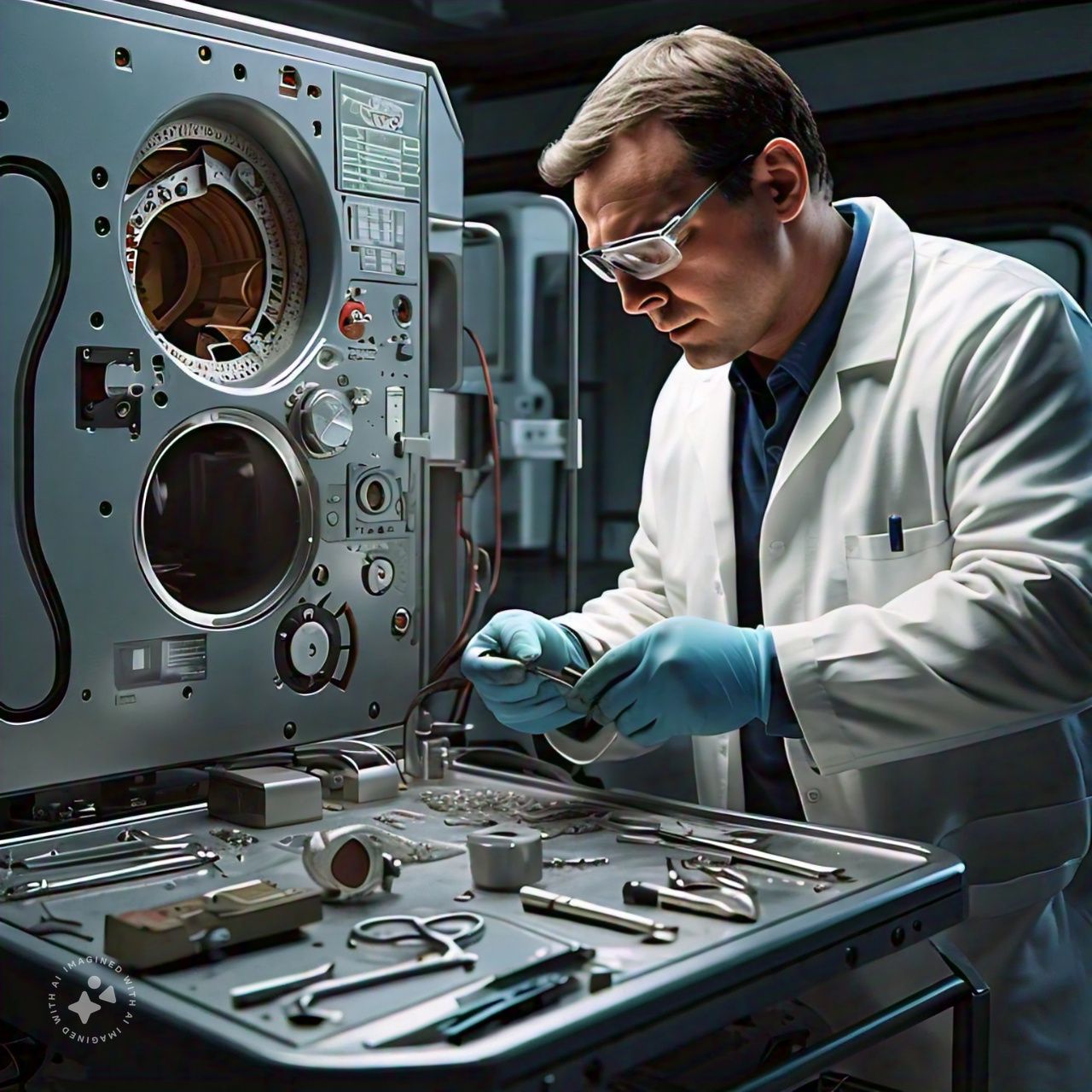The global medical equipment maintenance market is on a robust growth trajectory, projected to expand from $54.0 billion in 2024 to $88.9 billion by 2029, at a remarkable CAGR of 10.5%. This growth underscores the increasing importance of maintaining high-quality healthcare standards through effective equipment management. This blog delves into the key trends, drivers, restraints, and opportunities shaping the landscape of the medical equipment maintenance industry.

Market Overview:
The comprehensive analysis of the medical equipment maintenance market encompasses various factors, including industry trends, pricing analyses, patent evaluations, insights from conferences, identification of key stakeholders, and an in-depth understanding of market purchasing dynamics. As healthcare facilities prioritize operational efficiency and patient care, the demand for robust maintenance services is intensifying.
The Importance of Preventive Maintenance:
Healthcare facilities are increasingly adopting preventive maintenance programs to proactively identify potential equipment issues before they lead to unexpected failures. Regular inspections, servicing, and calibrations not only ensure continuous operation but also minimize downtime—an essential component of maintaining patient safety and care standards. By extending the lifespan of medical equipment and enhancing its reliability, these programs are becoming integral to modern healthcare operations.
Market Dynamics
Driver: Growth in Medical Equipment Markets
The expansion of the global medical equipment market is a primary driver of the medical equipment maintenance industry. As healthcare providers seek safer, more efficient solutions, innovations in medical devices are proliferating. Patients are more inclined to opt for technologically advanced devices due to greater affordability and improved accessibility. The growth is further supported by public health insurance policies in developed countries, which enhance the adoption of medical devices and reduce costs.
Restraint: High Initial Costs and Maintenance Expenditures
Despite the growing demand, high initial costs and ongoing maintenance expenses pose significant challenges. The implementation of asset management solutions often requires substantial investment, with annual service contracts typically costing around 12% of the equipment’s price. Over time, the cumulative service costs can surpass the initial purchase price, making healthcare providers cautious about adopting advanced medical technologies.
Opportunity: Emergence of Independent Service Organizations (ISOs)
The landscape of medical equipment maintenance is evolving with the rise of Independent Service Organizations (ISOs). Historically dominated by original equipment manufacturers (OEMs), the market is now seeing ISOs offer more efficient and cost-effective solutions. These organizations provide maintenance for multiple brands, significantly reducing costs—often by 30-50% compared to OEMs. The flexibility and centralized management offered by ISOs are increasingly appealing to healthcare providers, driving their adoption.
Challenge: Survival of Small Players
The highly fragmented and competitive nature of the market presents challenges, particularly for smaller entities. The substantial capital required for skilled personnel and regulatory compliance often makes it difficult for startups to thrive. Larger companies are consolidating to enhance their competitive edge, putting additional pressure on smaller players.
Market Ecosystem:
Leading players in the medical equipment maintenance market include established companies with diverse product portfolios and a strong global presence. Notable names include:
- Siemens Healthineers (Germany)
- GE Healthcare Technologies Inc. (US)
- Medtronic plc (Ireland)
- Koninklijke Philips N.V. (Netherlands)
- FUJIFILM Holdings Corporation (Japan)
These companies are pivotal in shaping the industry’s future through innovative solutions and extensive service networks.
Market Segmentation:
By Device Type:
The market is segmented into various device types, with diagnostic imaging equipment commanding the largest share in 2023. The rapid technological advancements in this sector necessitate frequent upgrades, thereby driving the demand for maintenance services.
By Service Provider:
When segmented by service provider, multi-vendor OEMs dominate the market, providing tailored maintenance solutions to meet the unique requirements of healthcare institutions.
By Service Type:
The preventive maintenance segment is anticipated to witness significant growth due to its proactive approach, fostering a culture of continuous improvement within healthcare facilities.
By End User:
Hospitals constitute the largest share of the market, continuously seeking maintenance services to enhance operational efficiency and patient care quality.
By Contract Type:
Premium contracts hold the largest market share, allowing healthcare facilities to customize maintenance services to fit their financial constraints while ensuring reliable equipment performance.
Regional Insights:
The Asia Pacific region is expected to be the fastest-growing market during the forecast period, driven by government healthcare reforms and the rising demand for quality healthcare services. The region’s burgeoning medical tourism sector further amplifies the need for well-maintained medical equipment.
Conclusion:
The medical equipment maintenance market is poised for significant growth as healthcare providers increasingly recognize the value of proactive maintenance strategies. Despite challenges such as high initial costs and market fragmentation, the emergence of ISOs presents valuable opportunities for cost-effective solutions. As the industry evolves, collaboration and innovation will be key to sustaining growth and ensuring the reliability of critical medical equipment.
